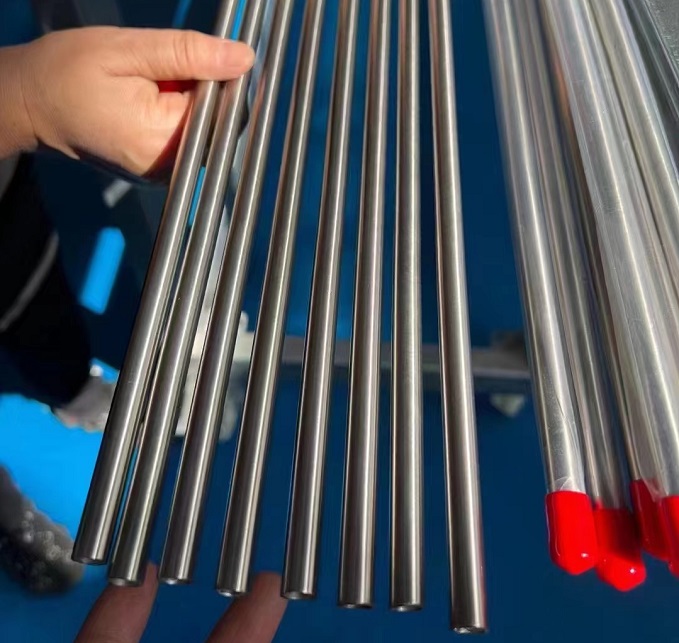Precision Tube Hastelloy C-2000| UNS N06200
VIEW MORE+- What is the Difference between Hastelloy C-276 and C-2000?
- Introduce Titanium Alloy Coiled Tubing
- What is Coiled Tubing?
- Inconel vs Incoloy Nickel Alloy Tube
- Introduce St 37.4 Black Phosphate Hydraulic Seamless Tube
- Inconel vs Hastelloy: Corrosion Resistance & High-Temp Applications
- Monel 400 vs. Stainless Steel: A Guide to Selecting Materials for Corrosive Environments
- Inconel 600 vs 601 vs 625: Nickel-based alloy pipe performance comparison and selection guide
- Difference between Monel 400 and Monel K-500 Tubes
- Classification of Nickel and Nickel Alloy

Hastelloy C-22 Precision Tube (UNS N06022)
Hastelloy C-22 seamless precision tube, at T.S. Industrial, are available in outside diameter from 6.35mm to 219.1mm. Our tubes are custom-made as per client’s requirements.
Hastelloy C-22 is a nickel-based high-temperature alloy composed of nickel, molybdenum, cobalt, tungsten and other elements. It is an all-around nickel-chromium-molybdenum-tungsten alloy with better overall corrosion resistance than other existing nickel-chromium-molybdenum alloys.
|
Grade |
Ni |
Cr |
Mo |
Fe |
W |
C |
Si |
Co |
Mn |
V |
P |
S |
|
C-22 |
Rest |
20-22.5 |
12.5-14.5 |
2-6 |
2.5-3.5 |
≤0.015 |
≤0.08 |
≤2.5 |
≤0.5 |
≤0.35 |
≤0.02 |
≤0.02 |
|
Grade |
Tensile Strength |
Yield Strength |
Elongation |
Hardness |
|
C-22 |
500-800 MPa |
200-400 MPa |
≥45% |
88 HRB-43 HRC |
-

-

Inconel 625| ASTM B444 UNS N06625| Nickel Alloy 625 tube
VIEW MORE+ -

Nimonic 75 Ni-Cr Tube | Ultra-High Temperature Creep Resistant Tube
VIEW MORE+
请输入搜索关键字
确定



